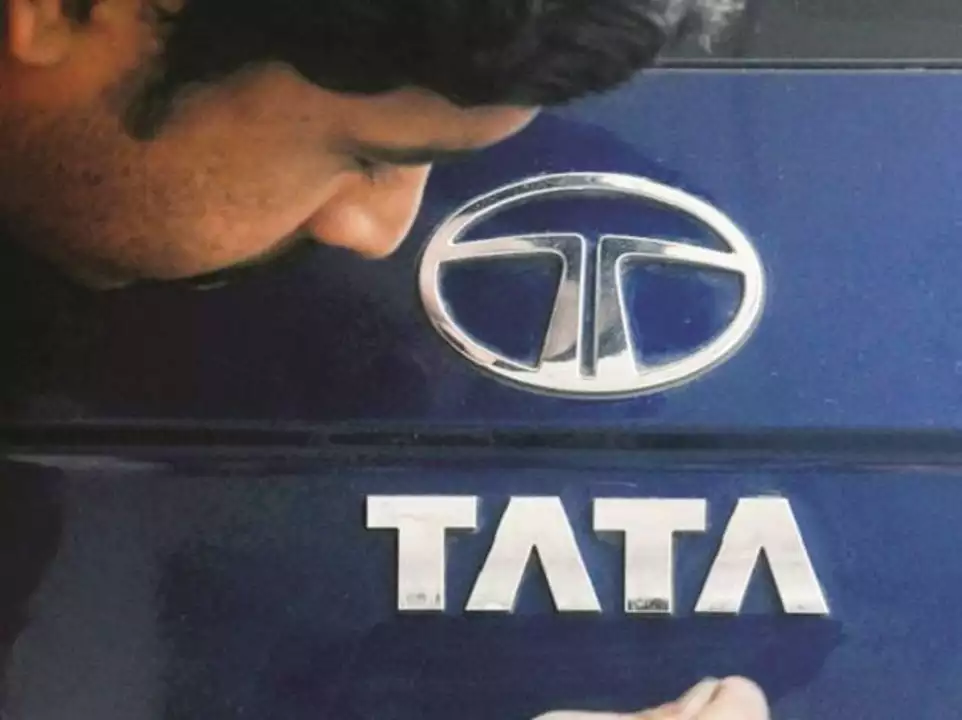Tata Cars: What You Need to Know
If you’re looking at a Tata on the road, you’re probably wondering if it’s a good fit for you. Tata Motors builds a range of cars that are cheap to buy, easy to run and built for Indian streets. In this guide we’ll break down the most popular models, share buying tips and give simple maintenance advice that saves you time and money.
Popular Tata Models
First up, the models you’ll see most often. The Tata Tiago is a compact hatchback that’s light on fuel and offers a decent amount of space for a city car. The Tata Tigor adds a bit more boot room and a slightly higher ride, making it a good choice for small families. If you need more room, the Tata Nexon is a compact SUV with a sturdy build and decent ground clearance – perfect for uneven roads. Finally, the Tata Safari sits at the top of the range, offering three‑row seating and a powerful engine for long trips.
Buying Tips for a Tata
When you’re ready to buy, keep these points in mind:
- Check the mileage. Newer Tata models often get 20‑25 km per litre in city driving, which helps keep fuel bills low.
- Look for the latest safety features. Airbags, ABS and electronic stability control are now standard on many Tata cars.
- Consider resale value. Models like the Nexon hold their price better than smaller hatchbacks.
- Take a test drive. Feel the steering, listen for unusual noises and make sure the brakes feel solid.
Don’t forget to compare the on‑road price with other brands in the same segment – Tata often wins on price but you’ll want to make sure the features match your needs.
Easy Maintenance for Tata Owners
Keeping a Tata running smoothly is pretty straightforward. Use the recommended oil grade – usually 5W‑30 for most models – and change it every 10,000 km. Clean the air filter regularly; a clogged filter can drop fuel efficiency by a few percent. Check tyre pressure at least once a month; under‑inflated tyres wear faster and use more fuel.
Another tip: the cooling system on Tata cars is designed for hot climates, but a faulty radiator can still cause trouble. If you notice the temperature gauge creeping up, pull over, let the engine cool and inspect the coolant level. Top it up with the correct mixture of water and antifreeze if needed.
Lastly, pay attention to the brakes. Tata uses disc brakes on the front of most models and drum brakes at the rear. If you hear squealing or feel the pedal sinking, it’s time for a brake pad check.
With these simple steps you’ll get the most out of your Tata – lower running costs, fewer breakdowns and a car that feels reliable every day.
Got more questions about a specific Tata model? Drop a comment or search the site for detailed reviews and how‑to guides. Happy driving!
How many car brands does tata own?
- Thomas O'Reilly
- May 6 2023
- 0 Comments
As a car enthusiast, I recently looked into how many car brands Tata, the Indian multinational conglomerate, actually owns. To my surprise, they have quite an impressive portfolio, owning major stakes in several well-known brands. Currently, Tata Motors owns three primary car brands - Tata, Jaguar, and Land Rover. They acquired Jaguar and Land Rover from Ford back in 2008, which has significantly expanded their global presence. It's fascinating to see how Tata has managed to successfully operate these three distinct brands, catering to a range of customers and markets.
View More
